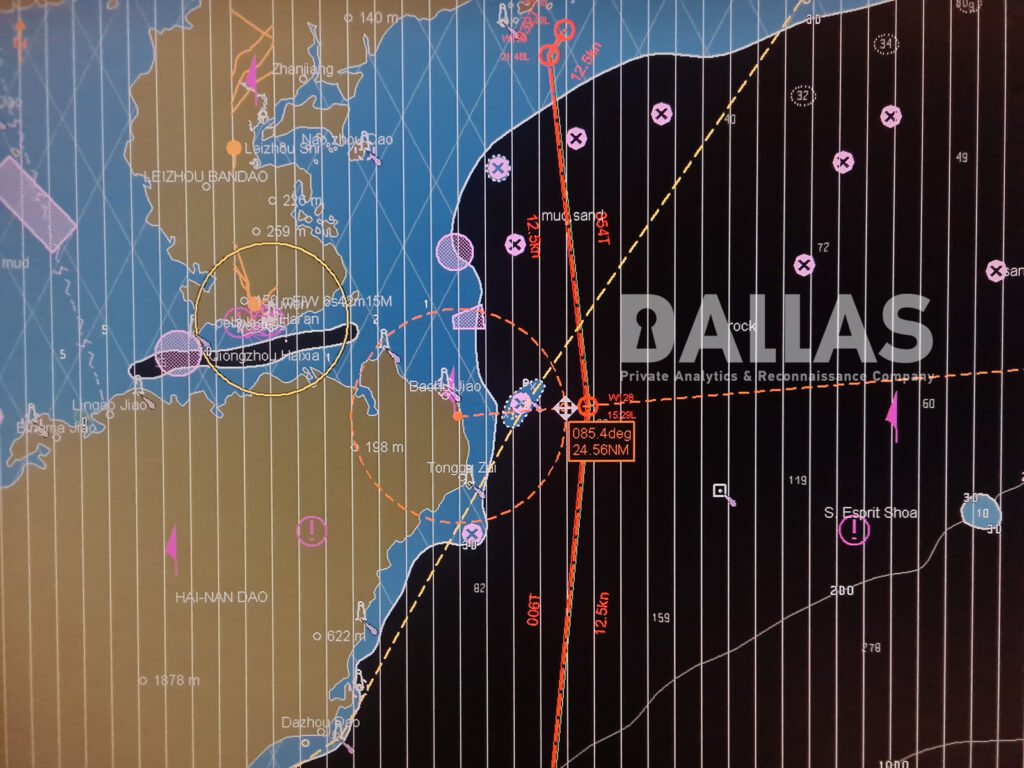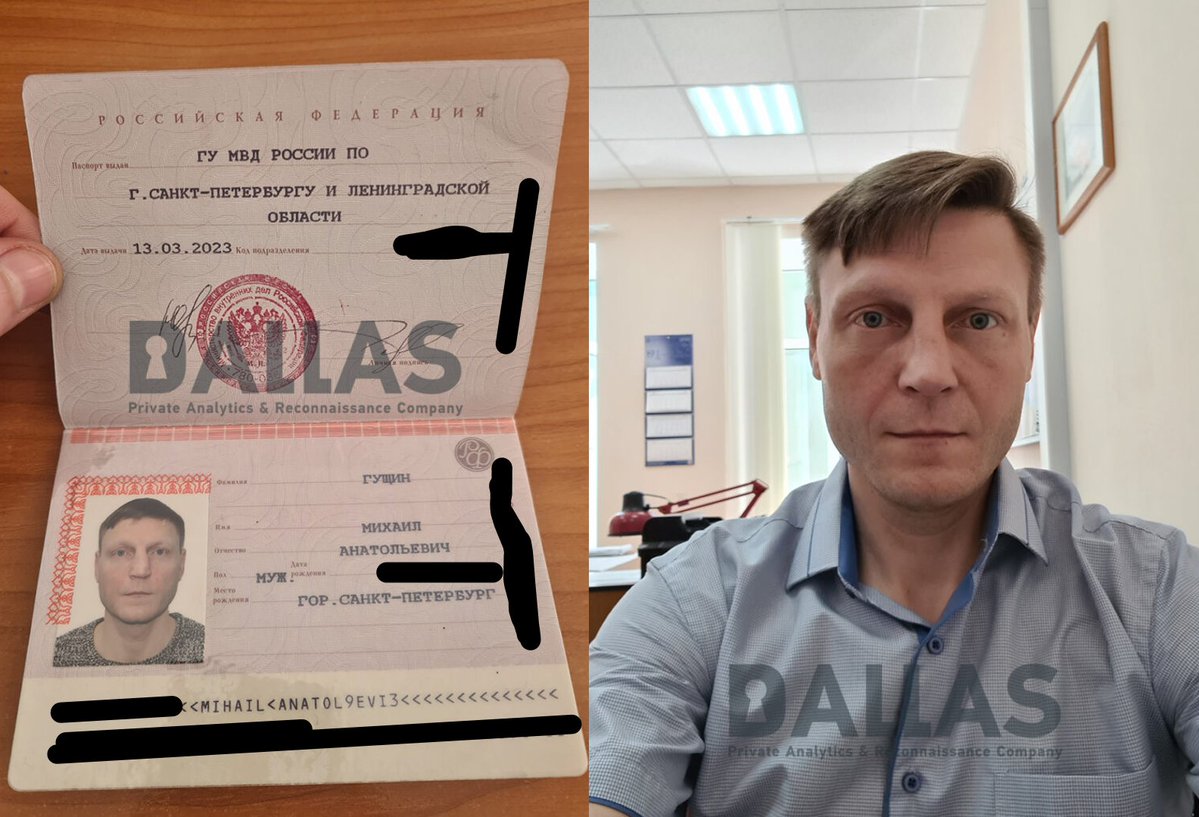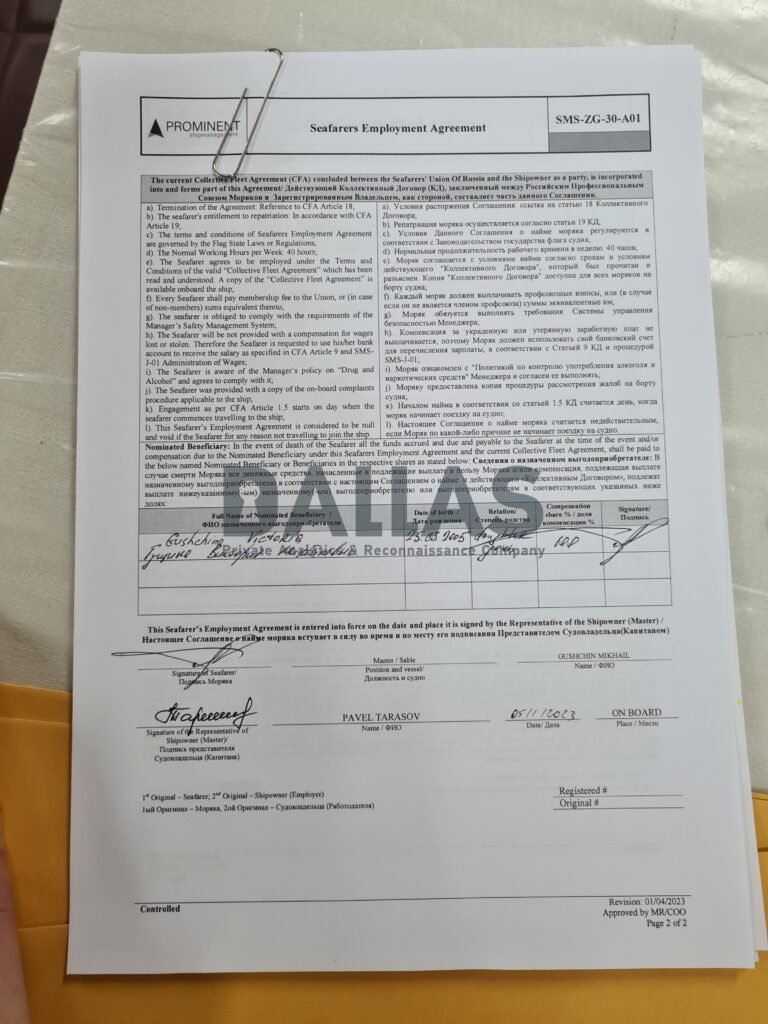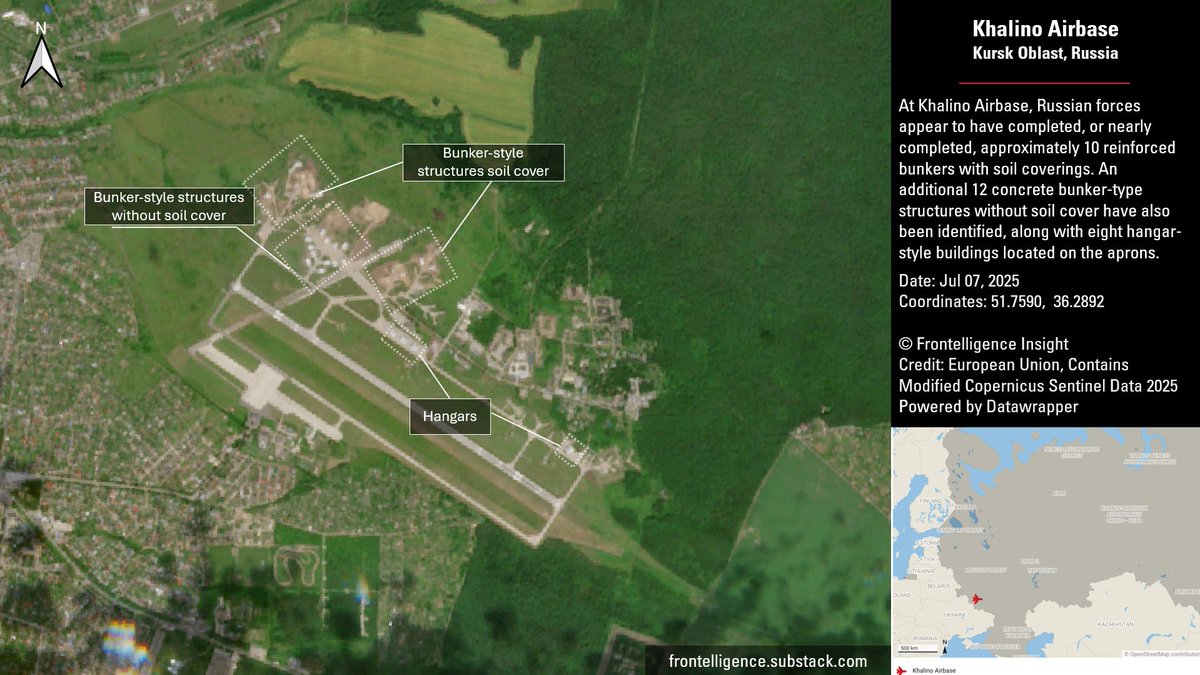現代の戦争と聞くと、多くの人は戦闘機やミサイルを発射する艦船、そしてそれらがタブレットの電子地図上でユニットや矢印として表示される光景を思い浮かべるでしょう。確かにそれも一面の真実ですが、それはあくまで表面的なイメージにすぎません。実際には、兵站やエクセルシートの数字、精神的な強さ、そして希望のために苦難に耐える覚悟など、もっと深い層が存在します。工兵用の装備、例えば掘削機を思い浮かべる人はほとんどいません

2/ 日本で設計された工兵機材のおかげで――鹿児島から仙台までの距離に匹敵する約1,200キロの前線沿いに塹壕を掘ることができる機械です――数百人、いや数千人ものウクライナ兵が、新たにそしてますます支配的となっている戦場の脅威、ドローンから身を守ることができています
3/ しかし詳しい話を始める前に、少しだけ時間をさかのぼり、私が士官学校の1年生だった頃の話をしたいと思います。当時、私たちは「中隊による攻撃」という訓練を行っていました。この訓練では、装甲車に乗って丘を駆け上がり、車両から降りたら制限時間内に銃撃用の膝の深さの個人用塹壕を掘らなければなりませんでした

4/ 私は運悪く、木の根と石に同時にぶつかる場所に当たってしまい、苦労しました。苛立ちと共に罵りながら掘る私の横で、数メートル離れた仲間は柔らかい土を簡単に掘っているのを羨ましく見ていました。あの時、これは第一次世界大戦や第二次世界大戦の遺物であり、完全に無駄で時代遅れの訓練だと思ったのをよく覚えています。機動力重視の現代戦においては、もっと現代的で高度なことを学ぶべきだと感じていました。
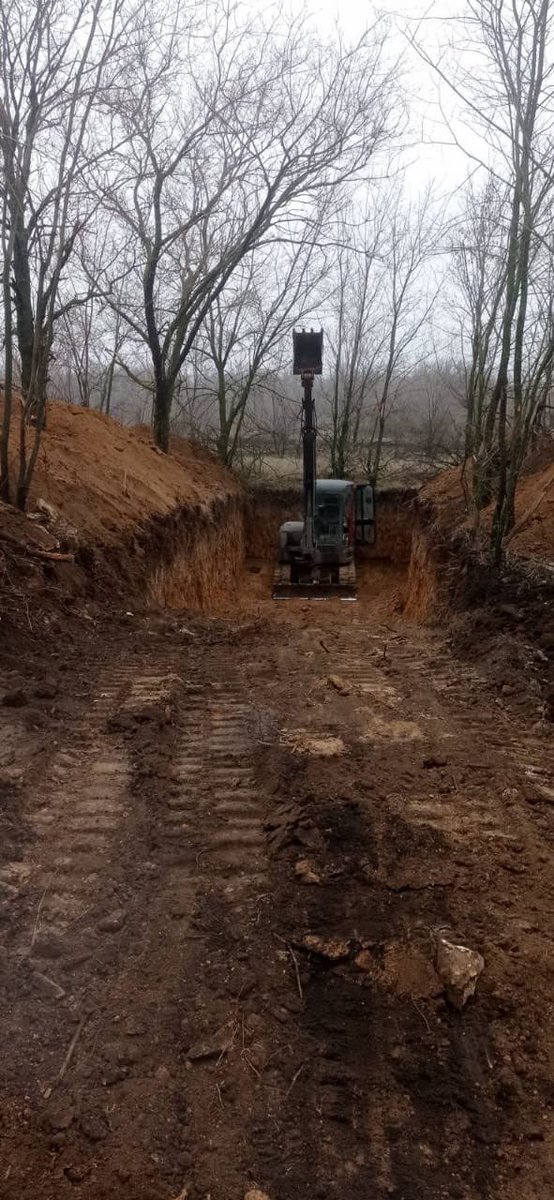
5/ 2014年にロシアが東部ウクライナに侵攻して以来、ウクライナは迫撃砲や砲撃から兵士を守るための大規模かつ長期的な防御陣地の構築を始めました。2024年には前線の形状が変化し、砲撃だけが脅威ではなくなっていました。 

6/ 戦場は新たな脅威、すなわちドローンによって支配されるようになったのです。中には高精度で爆弾を投下するものもあり、また別のドローンは自爆して目標に突入し、接触や近くで爆発します。
7/ この状況に対応するため、ウクライナは戦術を柔軟に変えざるを得ませんでした。最も効果的だった原則の一つは実にシンプルです。「発見されるな。発見されたら狙われるな。狙われたら生き残れ。」この3つを満たすために、強固で巧妙に偽装された陣地が重要な役割を果たします。 

8/ スコップやつるはしで塹壕を掘るのは非常に重労働で時間がかかります。しかも現代の戦場はドローンによって常に監視されているため、一箇所に長時間とどまって掘削や構築作業をすることは、発見され狙われるリスクを大きく高めます。だからこそ、小型の掘削機材が不可欠なのです。 

9/ ウクライナの退役軍人であり、ウクライナ系アメリカ人による人道支援団体 (Liberty Ukraine Foundation) で活動しているコンスタンティン氏から提供された資料のおかげで、彼自身や前線の兵士たちの生の声と映像を通じて、経験に基づくデータに裏付けられた情報を皆さんに届けることができます。
10/ その経験が示すところは何でしょうか?前線部隊にとって最も実用的な装備はミニショベル(小型掘削機)です。理由は単純で、コンパクトなサイズなので、枝を折ったり植生を押しつぶしたりする痕跡をほとんど残さずに林の縁などにうまく隠せるからです。 

11/ それでいて、塹壕や将来の要塞化のための穴を掘るなど、必要な作業をしっかりこなせるだけの力もあります。これらの掘削機は驚くほど効率的です。たった1週間で1台の機械がドローン操縦士用のポジション5箇所や、2個小隊分の防御陣地を整備できます。 

13/ これらの小型クローラーショベルは掘削だけでなく、簡易クレーンのように支柱を設置したり、森林地帯の車両用道路の整備にも使われています。同じ作業をタイヤ式掘削機で行うのは困難か不可能です。
14/ よく作られた要塞はドローンや砲撃、さらには500kg級空爆の近接爆発から兵士を守ります(直撃はまれですが)。適切に偽装された陣地は林の中ではほとんど見えず、塹壕でつながり天井覆いがあれば、トンネルのようなネットワークを形成し、兵士たちはドローンに見つからず移動できます。
15/ 提供された掘削機は、ウクライナ人によっても修理されており、多くは中古市場で購入されたもので、通常エンジン稼働時間が5,000時間未満です。チームのメンバーは専門の整備士ではありませんが、機械の比較的シンプルな構造と経験の蓄積により、機器を稼働状態に戻すことができます。
16/ それでも、部品の調達にはややコストがかかると彼らは述べています。執筆時点では、これらの掘削機の多くは主に欧州、時にはアメリカなどの西側市場から調達され、ウクライナに届いた後に修理を受け、塹壕や要塞建設に投入されています。これによって兵士たちは爆弾や砲撃、ドローン攻撃から守られています。

17/ あらゆる選択肢の中で、日本製の機械が最も評価されており、アメリカ、イギリス、さらには中国製をも上回っています。なぜ安価な中国製が選ばれないのか尋ねると、「コストに対する品質で日本製が一番優れているから」という答えが返ってきました
18/ 実利的な観点から見ても、ウクライナ支援だけでなく日本企業にとっても大きなチャンスです。中国など大手メーカーが席巻する競争市場で、実戦での実績ほど優れた宣伝材料はありません。特に国家レベルの調達においてはなおさらです。
19/ この経験を踏まえると、非致死的な軍事装備をウクライナに支援する手段として、中古の民間用車両、特にミニショベルを要塞建設用に提供することは非常に価値があります。日本はすでに防護装備を提供しているため、民間用掘削機の寄贈は現行法や政治的配慮にも抵触せず、現実的で効果的な支援策となり得るでしょう。
• • •
Missing some Tweet in this thread? You can try to
force a refresh



